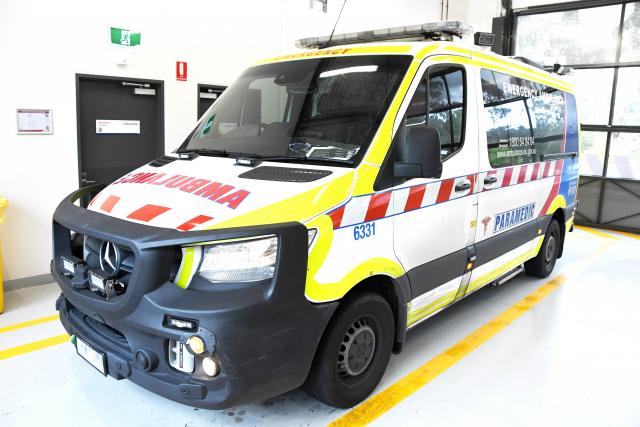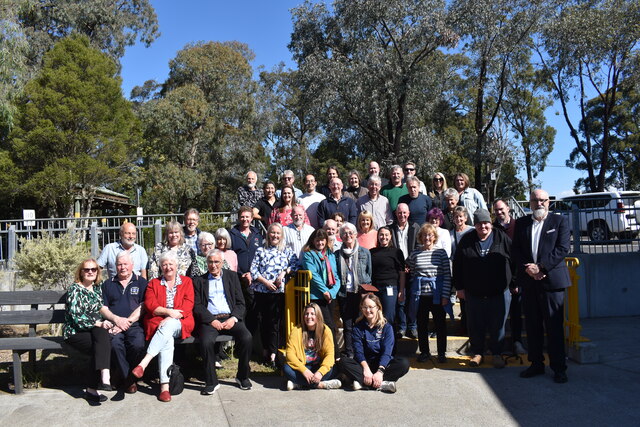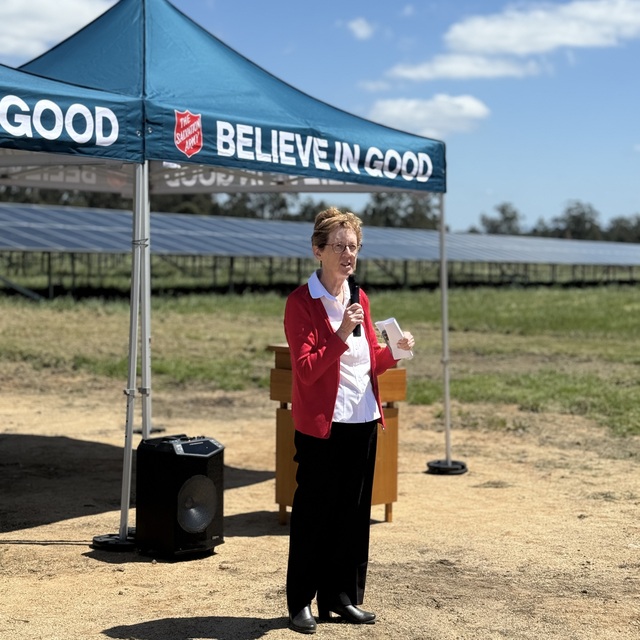With new data showing it takes more than 15 minutes to respond to one in three Code One incidents, ambulance response times continue to lag in Victoria.
Victorians continue to face long ambulance wait times as it takes more than 15 minutes for paramedics to respond to one in three critical dispatches.
New data released by the state government showed while there was a slight improvement in ambulance response times from January to March, the health system was still buckling under pressure.
Paramedics were called to 92,413 Code One cases in the January-March quarter and responded to 65.2 per cent within 15 minutes.
Despite a five per cent improvement on the previous quarter, this was still significantly lower than the 2014 response rate of 73 per cent.
The Victorian government previously said the Covid-19 pandemic was to blame for soaring demand for health-care services.
Premier Daniel Andrews said there was still room for improvement.
“It’s a long journey to repair and rebuild,” he told reporters on Tuesday.
“Covid is not over from a hospital point of view.
“The rest of us are getting about our lives and we have kind of normalised this, but we still have more than 300 patients that are in hospital.
“Some of them are very unwell, and that still does put pressure and a burden on our staff.”
On average, nearly 54 Ambulance Victoria staff were furloughed every day because of Covid between January and March.
The state government has spent billions of dollars to improve the system, including a $26 million package to add 40 mobile intensive care paramedics across the state, increasing the total to 640.
It has also spent $1.5 billion on a Covid-19 catch-up plan, which enabled 46,548 patients to undergo surgical procedures in the past quarter.
Ambulance Victoria said a drop in its staff furloughed because of Covid-19, and across the health system, helped slightly improve response times.
“This helped speed up the handover of patients at hospitals and allowed us to get back on the road quicker to attend more life-threatening emergencies,” Ambulance Victoria Metropolitan regional director Ian Hunt said.







